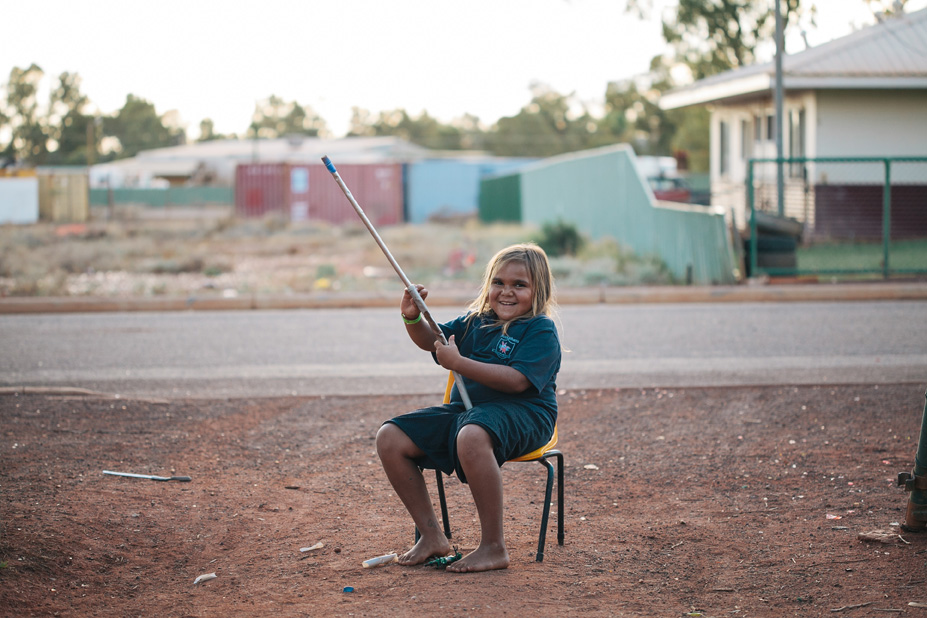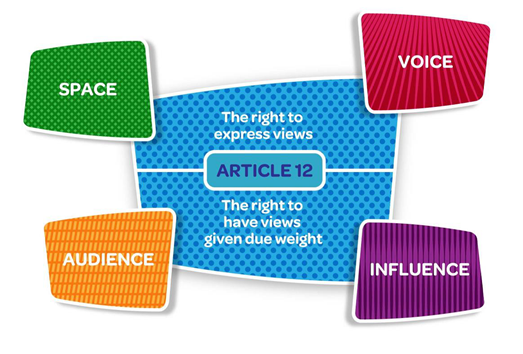“Adults have to start listening more to us kids, instead of just telling us what to do all the time.” 16 year-old young person, Great Southern
Section 1 - Understanding participation

This section outlines what is meant by true participation. Understanding participation is vital prior to advocating within your organisation or agency for this approach to be utilised and for the appropriate resources to be allocated.
A definition
Genuinely listening to children and young people, giving careful consideration to their views and involving them in decisions that affect their lives demonstrates our respect for them as valued members, and future leaders, of our communities.
Researchers often refer to five levels of participation, though their titles and descriptions may vary:
Level 1 - Attend/be informed
Level 2 - Be consulted
Level 3 - Be involved (an opportunity to discuss and possibly influence)
Level 4 - Be collaborated with (time to shape policies and decisions that affect them)
Level 5 - Be empowered (share power and responsibility for decision making).
Unless organisations and agencies are committed to reaching at least Level 2, they should not undertake a participation process with Aboriginal children and young people.
This is the level of participation needed to meet the requirements of Article 12 of the United Nation’s Convention on the Rights of the Child (UNCRC) which recognises the rights of children and young people:
- to freely express their views in all matters affecting them
- for their views to be given due weight.
It is also consistent with the Commissioner's Statement of Commitment to Western Australia's children and young people which outlines their nine key rights including 'the right to contribute, make decisions and be listened to'.
The aim for organisations and agencies should be to ultimately share power and responsibility for decision making with Aboriginal children, young people and communities, Level 5.
Integrating child rights into a participation model
The Lundy Model of Participation was developed to provide decision makers with a practical, chronological process of participation that meets the intent of Article 12 of the UNCRC.
The four steps are:
- Space – Children must be given safe, inclusive opportunities to form and express their view
- Voice – Children must be supported to express their view
- Audience – The view must be listened to (by the right people)
- Influence – The view must be acted on, as appropriate




